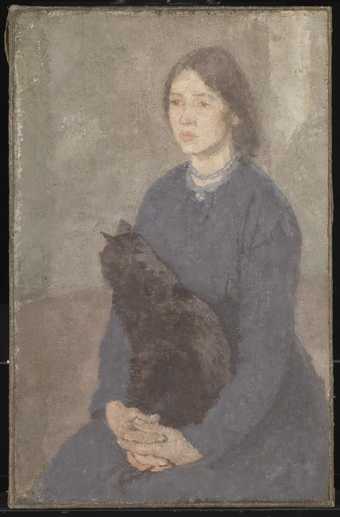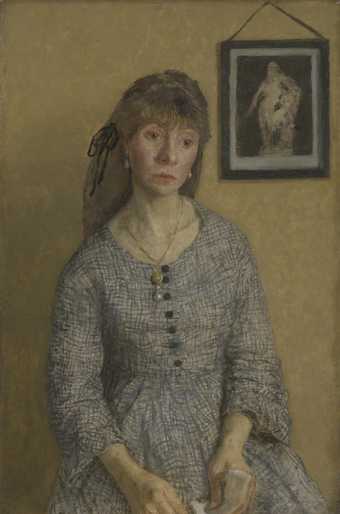Discover the work of Gwen John, best known for her subtle portraits of women, painted with a muted chalky palette
Gwen John began working in thin layers, smoothly painted with fine brushes and finished with transparent glazes. Later, John’s studies of technique led her to adopt a rough surface with delicate tones and visible brushwork. She became more concerned with the shapes and forms created by the sitter in space – ‘an affair of volumes’ – than their personality.
John studied at the Slade School of Fine Art in London at the end of the 19th century, and was one of the first generation of women to pursue an art school education which included life drawing. In 1898 she moved to Paris, but continued to exhibit in London at important contemporary art venues such as the New English Art Club. As John’s reputation grew in Britain and France, the North American collector John Quinn became her patron, and acquired many of her works.
In 1911 she moved to Meudon, a suburb of Paris, and joined the Catholic church. John chose to paint in series, exploring, for example, images of women shown deep in thought or reading. Yet within these apparently serene works, she created an intense engagement with her subjects. One sitter described how ‘I feel the absorption of her personality as I sit’.
She exhibited regularly in Paris in the 1920s. Her work was well-known in avant-garde circles there and she was highly regarded by fellow artists and critics. Latterly John lived simply with her art, her cats and her garden.
Tate Britain



